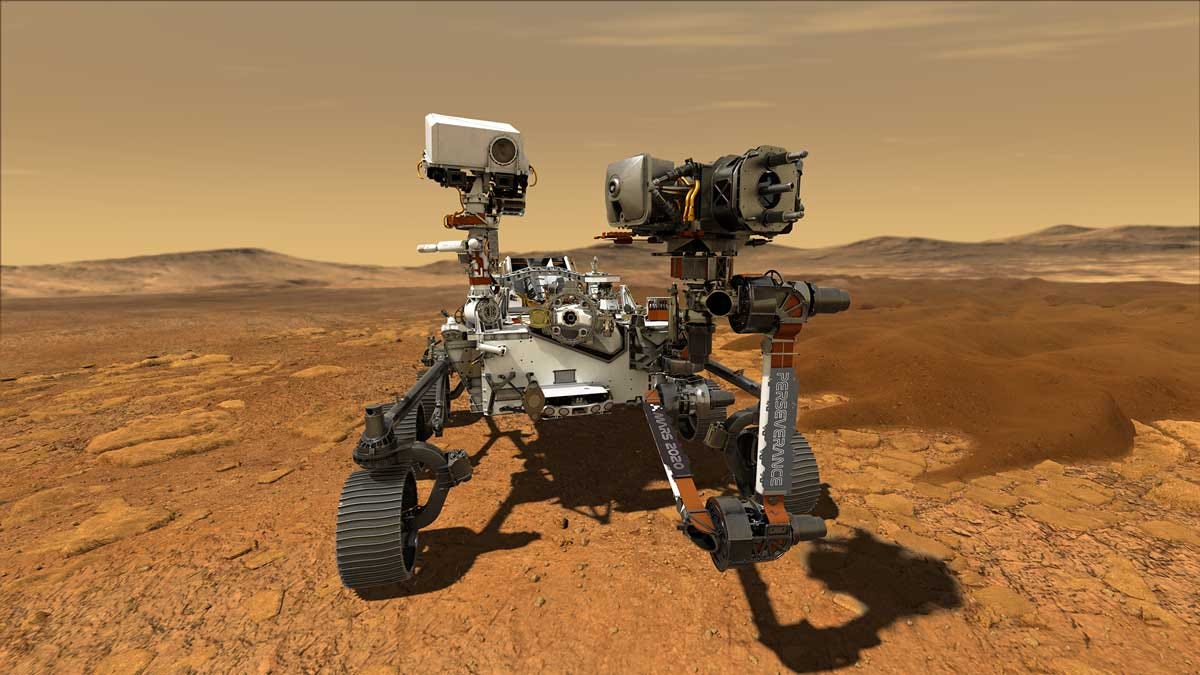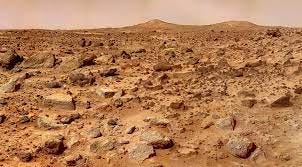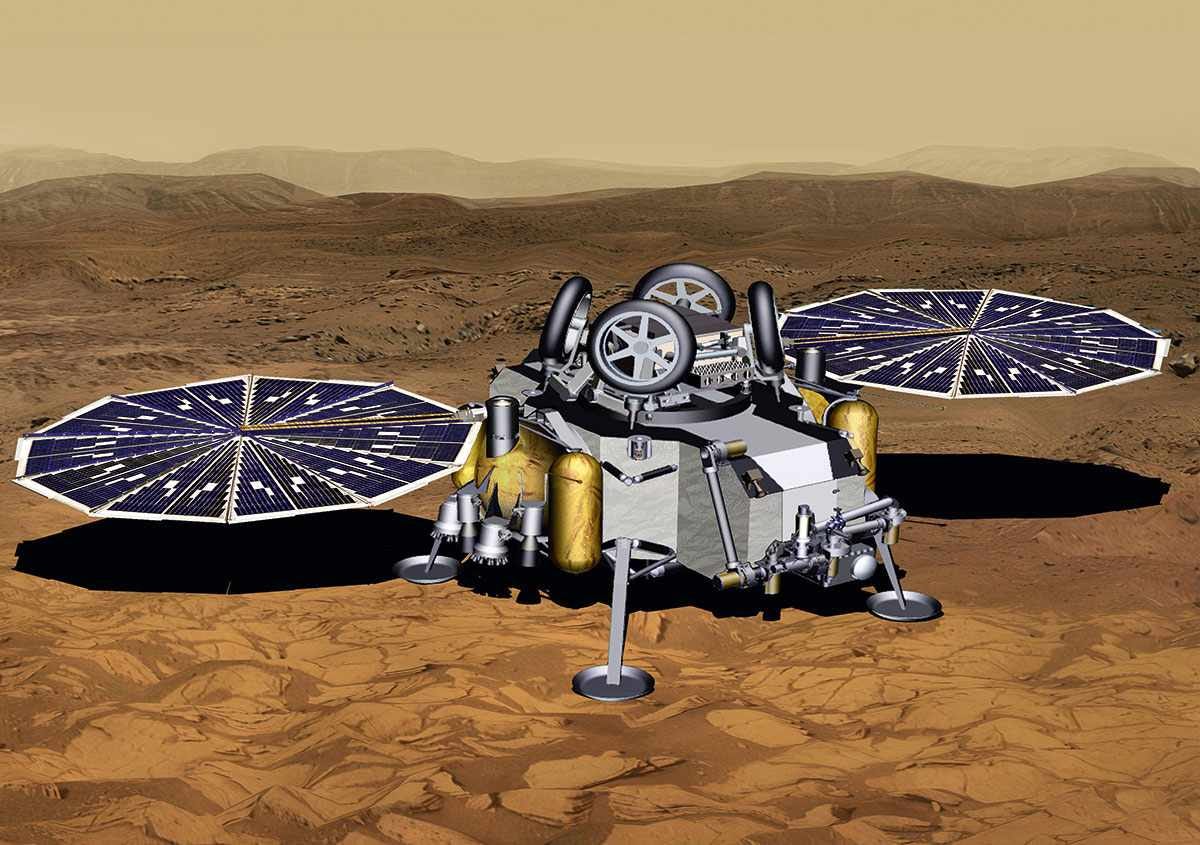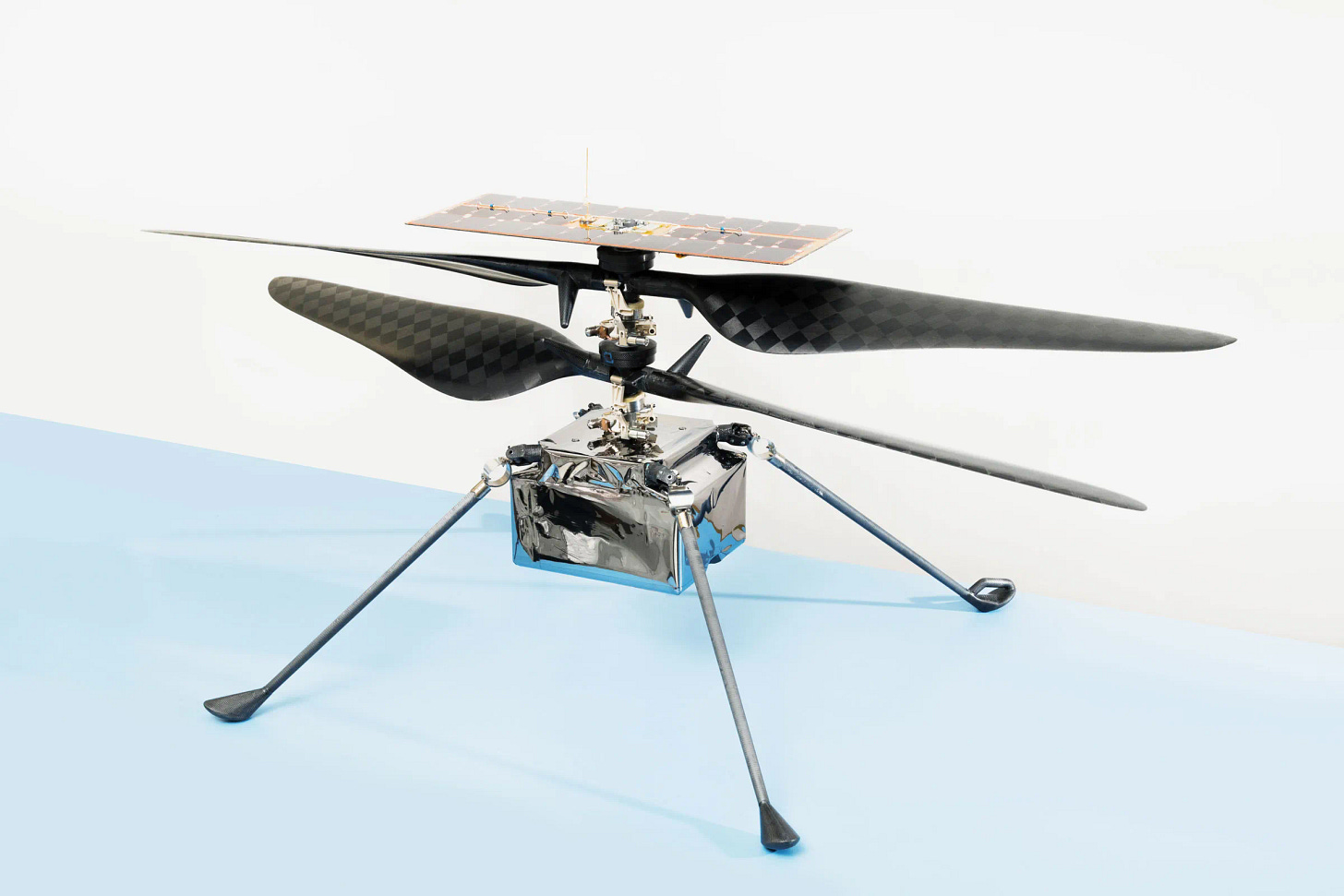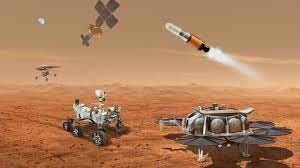Returning Mars samples to Earth
For the first time in history, the Perseverance rover plans to send martian samples to earth. How is this going to be done? Will it need a rocket? Read more to find out.
Why do the samples need to be returned?
You might have heard about the Perseverance rover by NASA. It is a rover designed to explore the Jezero crater on Mars which is an ancient lake on Mars believed to have dried up. And when we say ancient we mean billions of years old. Perseverance has collected 11 rock samples and one atmospheric sample.
Scientists believe that these samples could hold a clue about whether life previously existed on the red planet. Although the rover has a vast variety of scientific instruments, it is not enough to test these samples. Scientists prefer to properly test these precious samples back on Earth. This is why they plan to return these samples to the Earth.
How will the samples be returned?
This mission will be a collaborative effort between two space agencies: NASA and ESA. Two launches are needed to return the samples. A mars orbiter called the Earth Return Orbiter, made by NASA and a Sample Retrieval Lander made by ESA are going to be launched to mars. The orbiter will be launched by 2027 and the lander by 2028. Let us look at what the lander’s role is.
Originally it was decided that there would be a separate rover that would collect the samples from the Perseverance rover and then take them back to the lander. But Perseverance is more than capable of delivering the samples itself. This led to a change in decisions. The rover will take the samples to the lander itself and the lander’s robotic arm will transfer the samples. As a precaution, the lander will also have two sample retrieval helicopters, which will fly over to the rover and collect the samples and fly back to the lander, if the rover is not able to do the job on its own.
The lander will also have a small rocket inside of it called the Mars Ascent Vehicle. It will launch from the martian surface with the samples inside. Now comes the role of the Earth Return Orbiter mentioned earlier. The ascent vehicle will meet with the orbiter, which will collect the samples from it while orbiting the planet. The orbiter will then return to Earth. Once it nears the atmosphere, it will release the Earth Entry Vehicle which will contain the samples. Finally, the Earth Return vehicle will touch down on Earth.
It will take 11 years to engineer these landers and orbiters and bring the samples to Earth. The samples will return to Earth by 2033.


